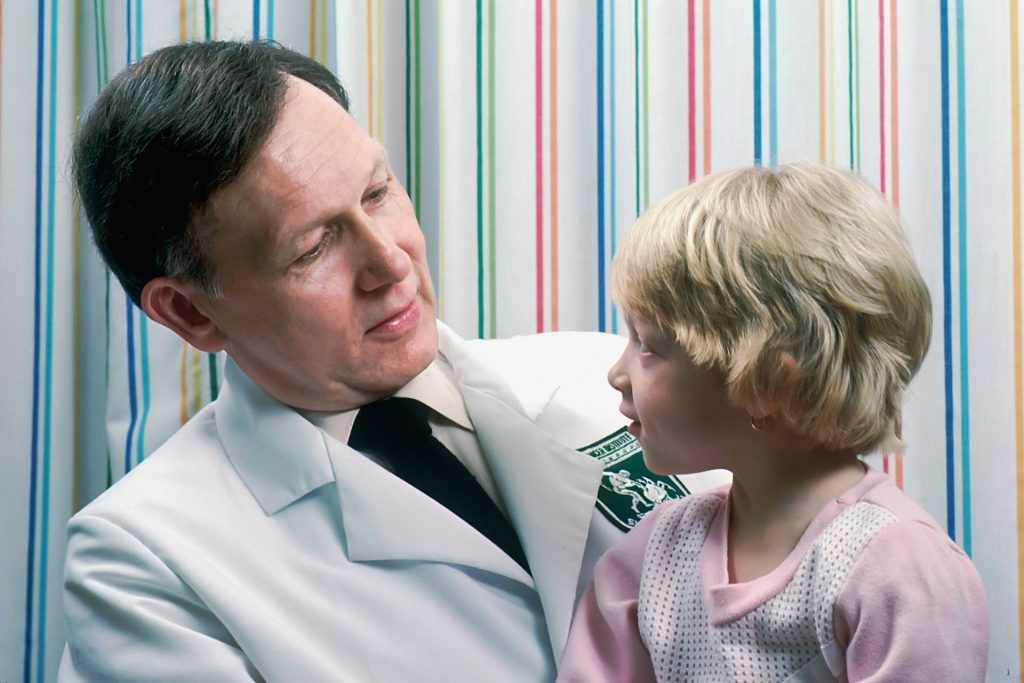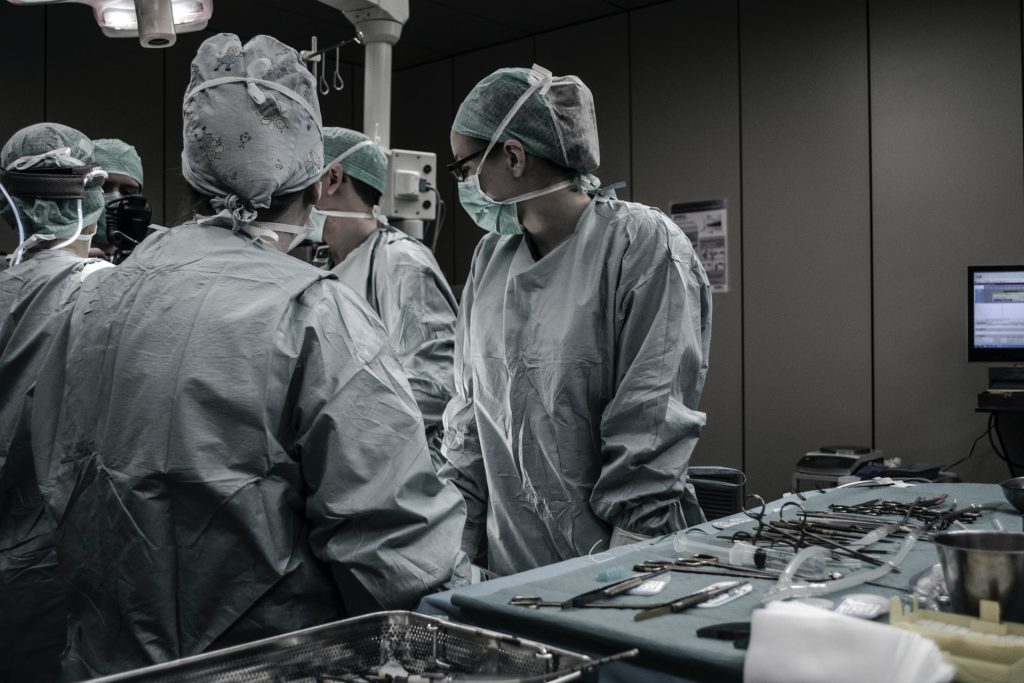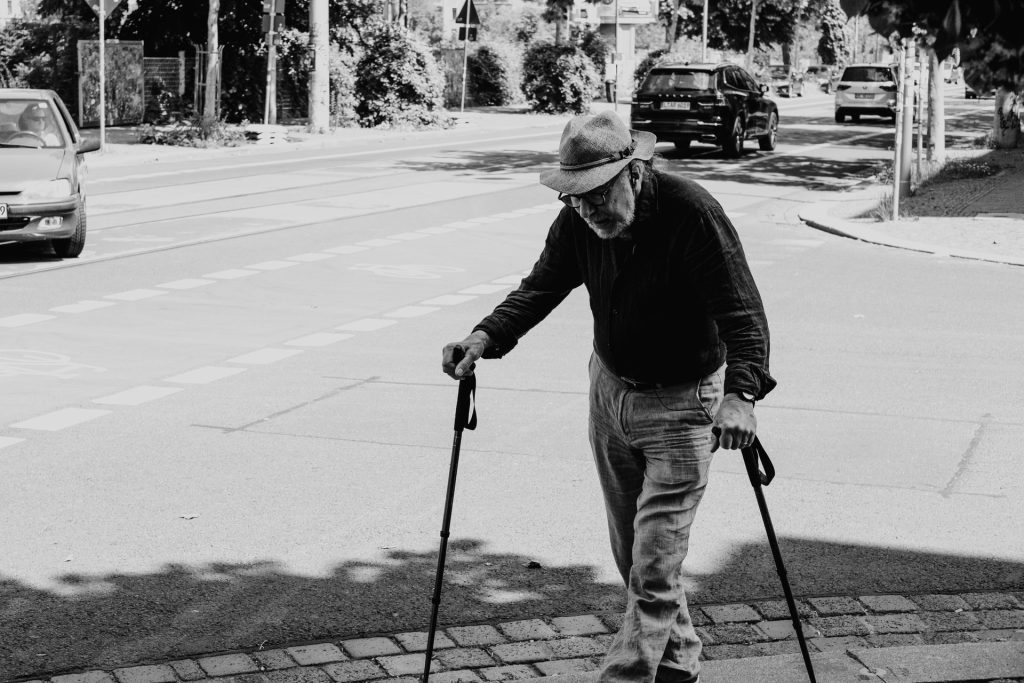Moderate Carbohydrate Intake Helps CVD Health in Women

In a surprise finding, Monash University researchers have reported that proportional carbohydrate intake and not saturated fat was significantly associated with cardiovascular disease benefit in Australian women.
Cardiovascular disease (CVD) is the leading cause of death in women. Poor diet is recognised as both an independent CVD risk factor and a contributor to other CVD risk factors, such as obesity, diabetes mellitus (DM), hypertension, and dyslipidaemia.
In middle-aged Australian women, it was found that increasing the percentage of carbohydrate intake was linked to reduced risks of CVD, hypertension, diabetes mellitus, and obesity.
Furthermore, a moderate carbohydrate intake between 41.0–44.3% of total energy intake was associated with the lowest risk of CVD, compared to women who consumed less than 37% energy as carbohydrates. However, no significant relationship was demonstrated between proportional carbohydrate intake and all-cause mortality.
Furthermore, increasing proportional saturated fat intake was not associated with cardiovascular disease or mortality in women; rather, increasing saturated fat intake correlated with lower odds of developing diabetes mellitus, hypertension, and obesity.
The findings are now published in the British Medical Journal.
The results contradict much of the historical epidemiological research that supported a link between saturated fat and CVD. Instead, the results mirror contemporary meta-analysis of prospective cohort studies where saturated fat was found to have no significant relationship with total mortality or CVD.
Historical studies neglected to adjust for fibre, which is known to help prevent plaque from forming in the arteries, which may explain this discrepancy with older literature.
“Controversy still exists surrounding the best diet to prevent CVD,” said Sarah Zaman, an associate professor at the University of Sydney.
“A low-fat diet has historically been the mainstay of primary prevention guidelines, but the major issue within our dietary guidelines is that many dietary trials have predominately involved male participants or lacked sex-specific analyses.”
She added: “Further research is needed to tailor our dietary guidelines according to sex.”
First author Sarah Gribbin, a Doctor of Medicine and BMedSc (Hons) student, said: “As an observational study, our findings only show association and not causation. Our research is purely hypothesis-generating. We are hoping that our findings will spark future research into sex-specific dietary research.”
Source: Monash University










